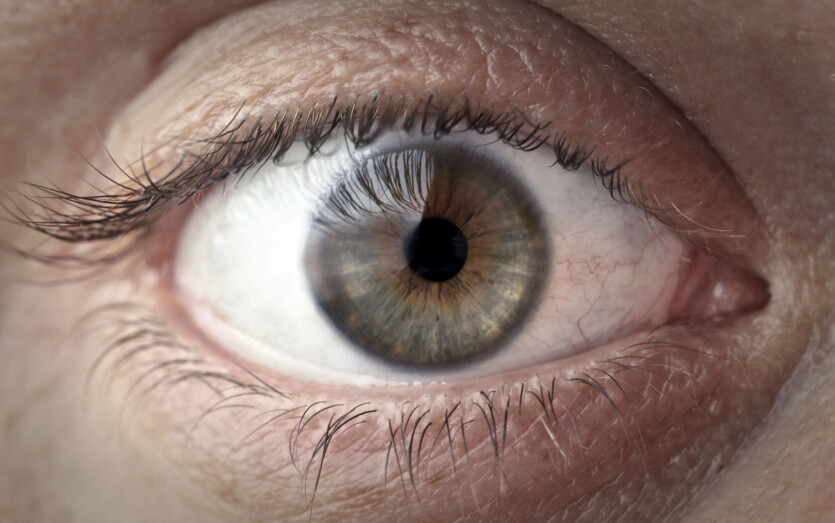
Researchers from Hungary have found that the connection between eyes and memory.
A new study conducted by researchers Adam Albi from the Budapest University of Technology and Economics and Péter Pajkosi from the University of Szeged reveal the connection between memory and eye behavior. The researchers sought to find out whether pupils can reflect the quality of memory.
To test this, they asked 28 participants to learn a list of rare Hungarian words. Each word was briefly displayed on the screen along the edge of an invisible circle. After that, participants were shown both old and new words in the center of the screen. For each word they recognized, they had to indicate, using a slider, the exact place where they saw it for the first time. An infrared camera monitored the participants’ eyes the entire time.
When participants saw a familiar word, their pupils dilated moderately. However, they dilated the most when one of the participants recalled where on the screen they first saw a word.
«Pupil dilation may be a non-invasive marker of memory quality in situations such as education, clinical assessment, or court testimony», — notes Mohamed El Hajj, a neuropsychologist at the University of Nantes.
As Adam emphasizes Albie, there is currently no consensus on the cognitive and neurobiological mechanisms, that control the pupil response during various forms of memory. According to one common theory, the blue patch, a small area in the brain stem responsible for regulating arousal and attention, may play a key role in this process. It is activated when a person needs to concentrate and causes pupil dilation.
In a recent study, researchers from the Cornell University studied the brains and eyes of mice by forcing the rodents to perform daily tasks and then rest. During sleep (mice often sleep with their eyes open), their pupils changed size in accordance with the use of different types of memory When their pupils constricted, their brains turned to fresh memories. When they dilated, old memories came to mind.
The team found that if they broke certain patterns brain waves — called acute wave ripples — during the pupil constriction phase, the mice subsequently had difficulty remembering recently learned information. The results of this study suggest that the eyescan not only reflect memories, but also how they are silently sorted and stored during sleep.
In the field of artificial intelligence, the results of these studies can help solve one of the main problems when neural networks record new information on top of the previous one. The memory systems in the brain can separate and manage information in real time, with the pupil size acting as a readout of what is currently being observed.
You will be replaced: this chip sees and thinks like a human brain
The results of the study were published in Journal of Experimental Psychology
Source: ZMEScience

Spelling error report
The following text will be sent to our editors: